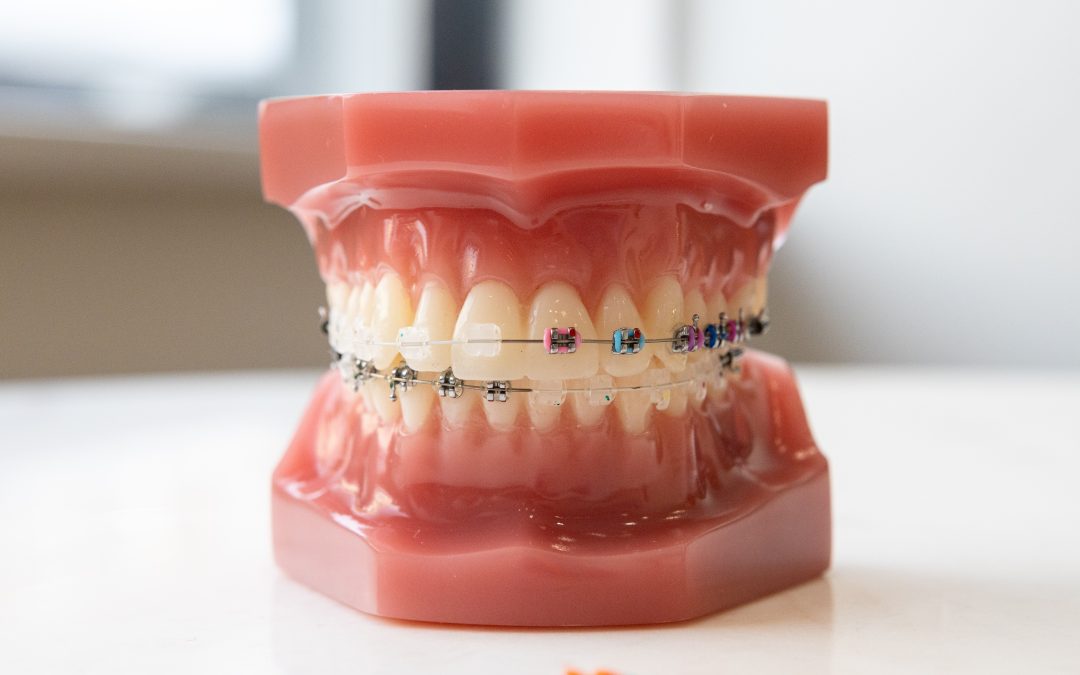Welcome to CJ Dental Studio’s blog, where we strive to educate and inform you about various aspects of cosmetic dentistry. Today, we’ll be discussing “Interproximal Reduction,” a procedure that might sound unfamiliar but plays a significant role in achieving a beautiful smile. Let’s dive into the details!
What is Interproximal Reduction?
Interproximal Reduction (IPR), also known as enameloplasty or slenderizing, is a dental procedure that involves the gentle removal of small amounts of tooth enamel between teeth. The process is carefully performed to create more space between crowded or misaligned teeth. This technique is commonly used in orthodontics and cosmetic dentistry to improve teeth alignment and create a harmonious smile.
Why do you need Interproximal Reduction?
Interproximal Reduction is often recommended for individuals with crowded teeth, overlapping teeth, or minor tooth size discrepancies. By removing a small portion of enamel, dentists can effectively create space to align the teeth properly. This procedure is particularly beneficial for those undergoing orthodontic treatments such as braces or clear aligners.
How is Interproximal Reduction done?
The process of Interproximal Reduction is straightforward and typically painless. Here’s a step-by-step guide:
- Assessment: Before proceeding with the procedure, your dentist will conduct a thorough examination, which may include X-rays and impressions, to determine the amount of enamel that needs to be removed.
- Anesthesia (Optional): In most cases, Interproximal Reduction is not painful and can be done without anesthesia. However, if the patient experiences sensitivity or anxiety, a local anesthetic might be used to ensure maximum comfort.
- Enamel Removal: Using specialized dental instruments, your dentist will gently and precisely remove a tiny amount of enamel from the sides of the teeth. The amount of enamel removed is minimal and carefully controlled to avoid any damage to the tooth structure.
- Smoothing and Polishing: After the enamel has been removed, the dentist will smoothen and polish the treated surfaces to ensure a seamless finish and prevent rough edges.
- Post-Treatment Assessment: Once the procedure is completed, your dentist will examine the results and ensure that the desired space has been created to improve tooth alignment.
Does Interproximal Reduction hurt?
The procedure is generally painless and minimally invasive. As mentioned earlier, anesthesia is typically not required, and patients often describe the process as feeling like mild pressure between their teeth. However, if you experience any discomfort during the procedure, don’t hesitate to inform your dentist, and they can take measures to make you more comfortable.
What are the risks of Interproximal Reduction?
Interproximal Reduction is a safe dental procedure when performed by trained professionals. However, like any dental treatment, it comes with a few potential risks:
- Tooth Sensitivity: Some patients may experience temporary tooth sensitivity following the procedure. This sensitivity usually subsides within a few days to a week.
- Enamel Loss: While the amount of enamel removed is minimal and carefully controlled, excessive or improper enamel removal can lead to weakened teeth. That’s why it’s crucial to have the procedure performed by a skilled and experienced dentist.
- Not Suitable for Everyone: Interproximal Reduction may not be suitable for individuals with certain dental conditions or severe misalignments. Your dentist will evaluate your case and determine if IPR is the right option for you.
We hope this blog has provided you with a clear understanding of Interproximal Reduction and its significance in achieving a stunning smile. If you’re considering cosmetic dentistry or orthodontic treatments, don’t hesitate to consult the experts at CJ Dental Studio to explore your options and achieve the smile of your dreams.
Remember, a healthy and confident smile can transform your life, so take the first step towards it today! For more information about our services, visit our website at cjdentalstudio.co.uk or schedule a consultation with our experienced team. Stay tuned for more informative blogs on cosmetic dentistry and oral health. Until next time, keep smiling!


Recent Comments